Text


Behold. This man looks like Alfred F. Jones. He is only missing a cowlick.
235 notes
·
View notes
Text
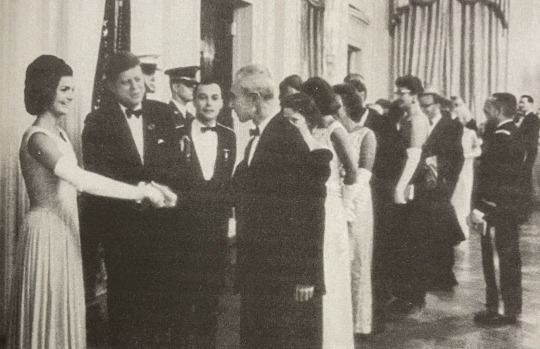
Oppenheimer meeting JFK while receiving Enrico Fermi Award.
Source: American Prometheus
9 notes
·
View notes
Text

Oppenheimer with his kids Toni and Peter.
Source: American Prometheus
15 notes
·
View notes
Photo
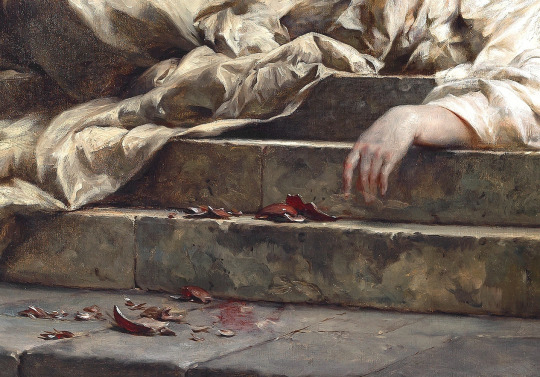
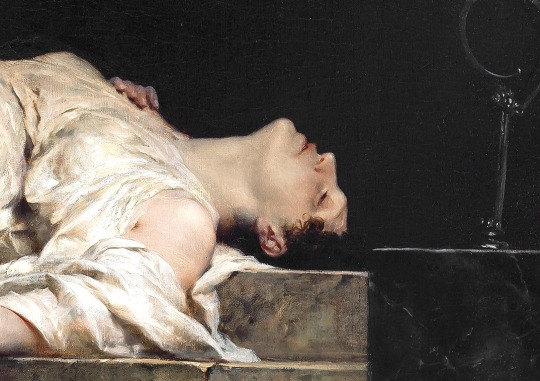
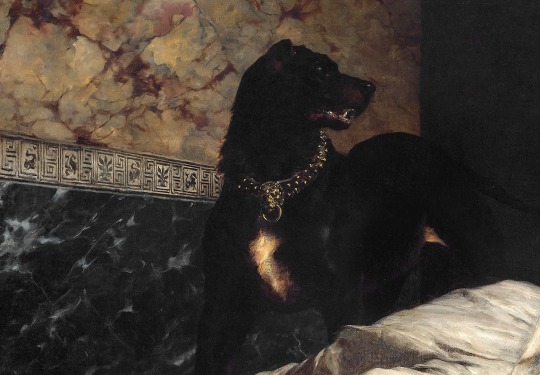
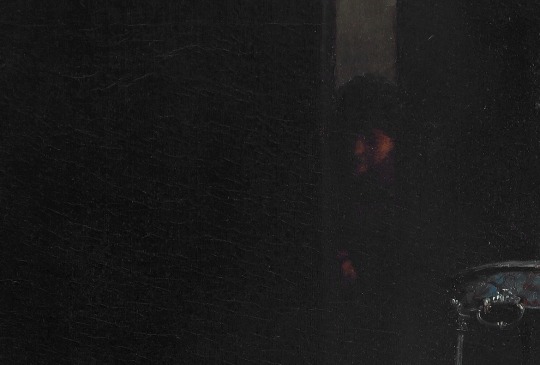
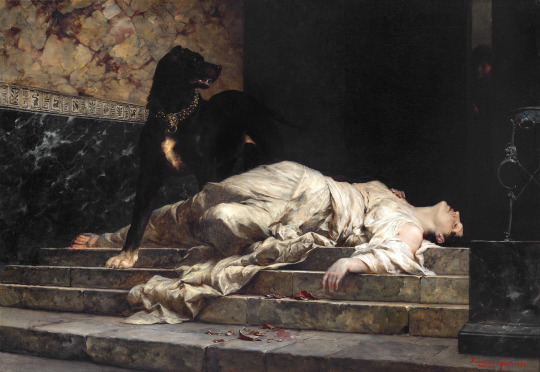
Selene thrown down (1886) - Ferdinand Keller
28K notes
·
View notes
Photo
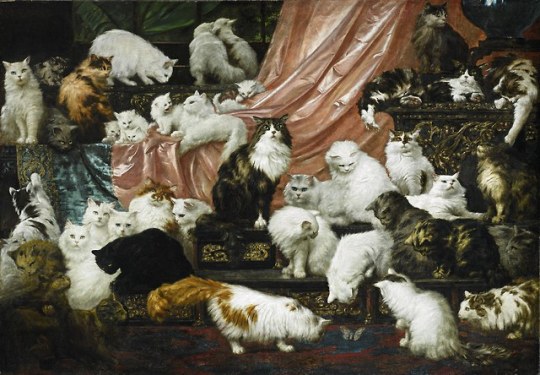
My Wife’s Lovers, 1891 by Carl Kahler (Austrian, 1855–1906)
14K notes
·
View notes
Text

ARRGHHH ERNEST LAWRENCE AHHHHHHH
5 notes
·
View notes
Text

No one asked but this is Ernest Lawrence's fingernails
3 notes
·
View notes
Text
That one time i dreamt that I am fingering Oppenheimer's pussy/manhole
Oh, is vulgar word allowed on tumblr?
1 note
·
View note
Text


.. and we all grew up at some point
11 notes
·
View notes
Text



Posted on twitter is not enough i need to post here too
Oh Ernest Lawrence oh Sir Orlando oh
15 notes
·
View notes
Text
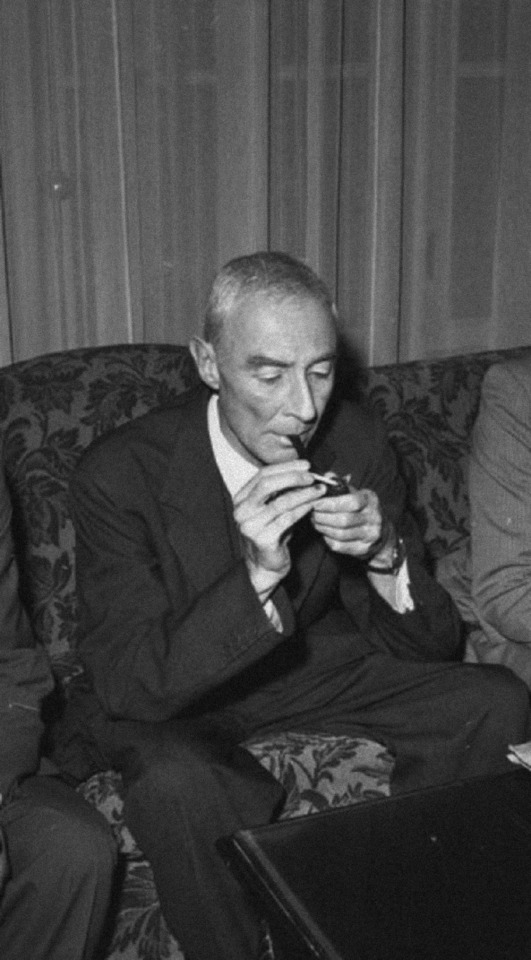
I wish I could sit next to him on the couch. We don't even have to talk.
He'd lean back slowly to rest and i'd lay my head on his chest and listen to him inhale the smoke. Every breath he takes and every breath he exhales.
I'd close my eyes and listen to his heartbeat.
It's like listening to the universe, the living universe.
19 notes
·
View notes
Text
First light from ESA's new Euclid space telescope with an ultra high-res, wide-angle lens to map the structures of the universe, helping astronomers study dark matter/energy.
Perseus Cluster of Galaxies

This Moon-sized patch of sky looks back ten billion light-years and shows about 100,000 galaxies, plus some stars from our own galaxy (points with diffraction spikes).
The cluster's Y shape reveals the gravitational influence of dark matter filaments, the web of the universe which until now was too big to fit in any telescope's view.
The Hidden Galaxy (IC 342)
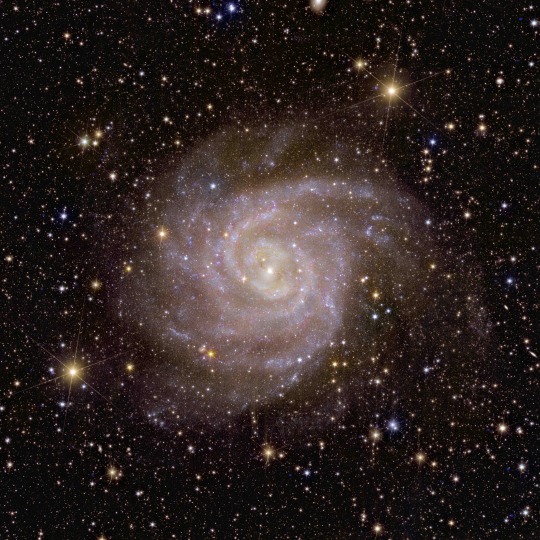
Euclid took only 5 hours to peer through the thickest part of our own galaxy edge-on and capture this galaxy hidden behind it.
Its spiral shape gives us an idea what the Milky Way would look like from above. The image is false color: red has been shifted towards blue so infrared can be shifted up to red we can see.
Irregular Dwarf Galaxy NGC 6822
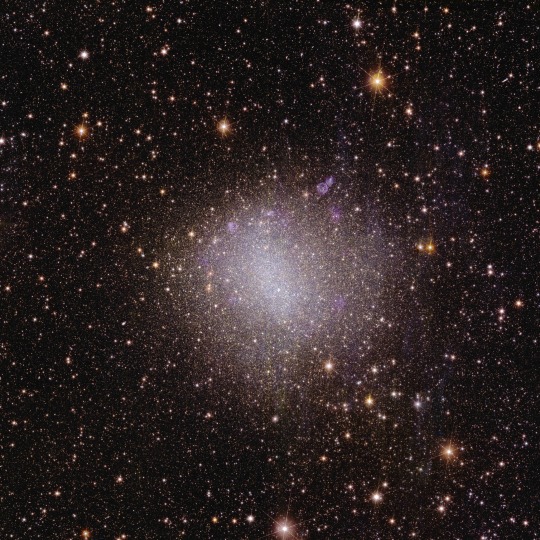
Just 1.6 million light-years from Earth, this little companion to the Milky Way is so close that until now it could only be captured in low res by ground telescopes or zoomed in to just one small part by Webb or Hubble.
It has a lot of old, low-metal, first-generation stars that can help astronomers study the universe's history.
Globular Star Cluster NGC 6397

It looks similar to a dwarf galaxy, but is much smaller and closer at just 7800 light-years away, and it's within the Milky Way. Perturbations of its outer stars in streaks and waves give clues about gravitational interactions within the Milky Way.
Again, other telescopes can't see the whole cluster in any detail, both because of its size and the high contrast between the bright center and faint outer stars, which would take Hubble hours to capture. Euclid imaged both in just an hour.
The Horsehead Nebula

This smear of dust lies in the larger star-forming region of the Orion Nebula just below Orion's belt. It's one of the most busy star nurseries in our vicinity, just 1375 light-years away.
Euclid's resolution is such that close study of this one-hour exposure should reveal many baby stars, brown dwarfs, and young Jupiter-mass planets.
236 notes
·
View notes
Text
Officially dedicated myself to my only wife and beloved, J. Robert Oppenheimer. My lovely wife

21 notes
·
View notes
Text
Passages from the Oppenheimer biography "American Prometheus" that just stuck with me for various reasons... (from the first half of the book)








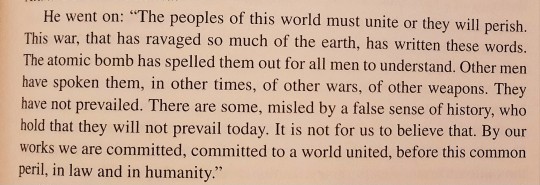

44 notes
·
View notes
Photo

Ernest Orlando Lawrence gets Nobel Prize telephone call from Stockholm November 10, 1939. Morgue 1958-8 (P-18) [Photographer: Donald Cooksey], 11/10/1939
From the series: Photographs Documenting Scientists, Special Events, and Nuclear Research Facilities, Instruments, and Projects at the Berkeley Lab, 1996 - 2012
80 notes
·
View notes

